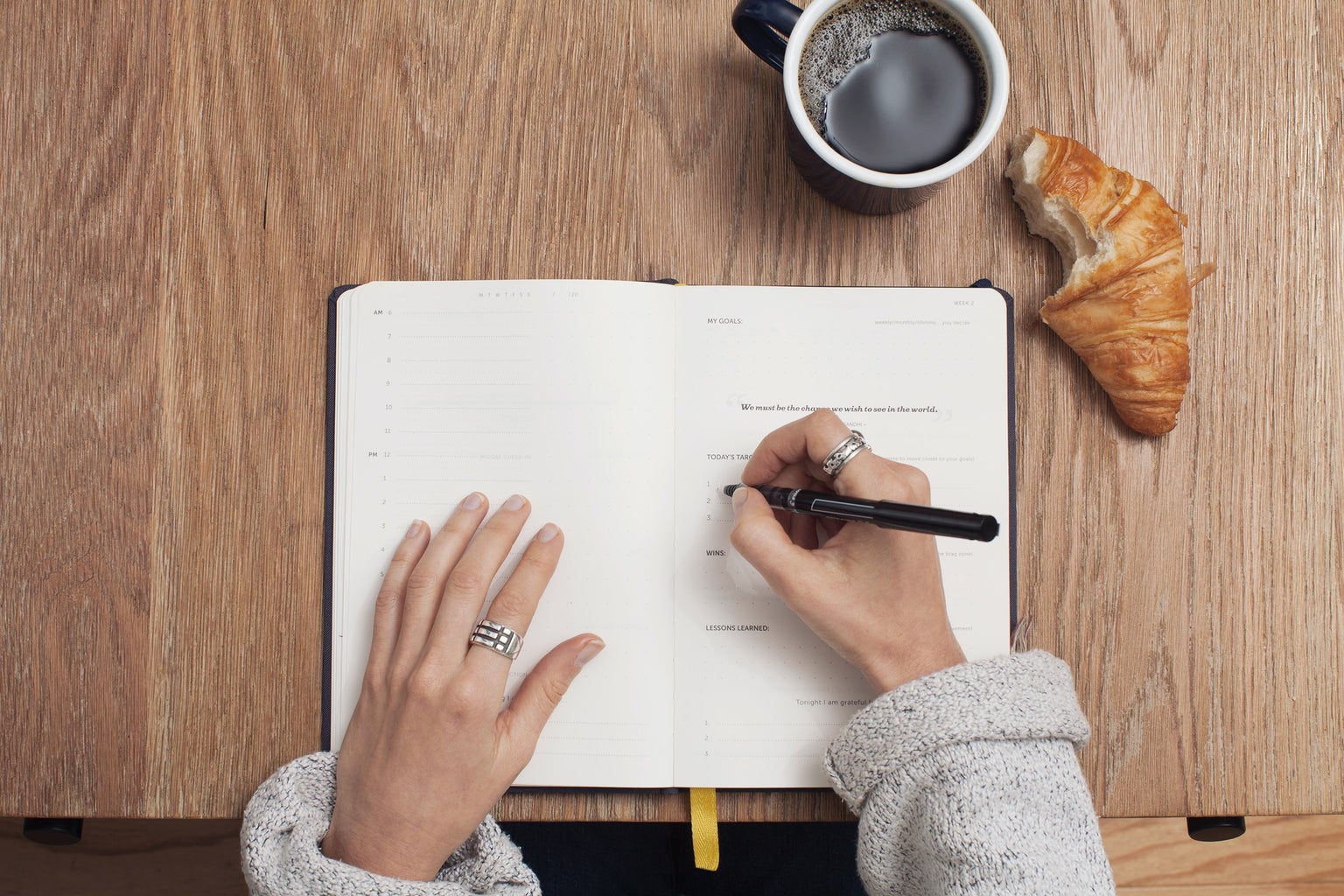I think one of the biggest mistakes I’ve made in my college career was constantly neglecting my mental health in pursuit of academic success and thinking that it was okay. I was putting my head down and just working towards getting the A quarter after quarter.
Now in the final quarter of my senior year, I look back and realize that I was already showing signs of burnout by the end of my first year. I was tired every morning, and the anxiety of missing classes was sometimes the only motivation for getting me out of bed. I couldn’t understand how that was possible. I have always been good about managing my time, getting assignments turned in, making sure I got enough sleep (most nights) and regularly exercising, and I was on top of making sure I ate enough to fuel myself for the day. Yet, despite taking all of the “right” steps to ensure I was at my physical best, I wasn’t doing enough for my mental health.
I refused to take a step back and reflect on my own thoughts and feelings because deep down I knew that I was not okay. My mind was numb and on autopilot nearly every day, letting my established routines take over. Engaging with my thoughts and feelings would be opening a can of worms, and frankly, I didn’t have the time or energy to deal with it.
I knew something had to change when I realized everything I was working so hard for was actually putting me in harm’s way. The first step towards healing was acknowledging that my mental health was deteriorating. Since that epiphany this past summer, I’ve been trying to slowly incorporate ways to practice mindfulness to fight burnout and heal my mental health.
But what does practicing mindfulness mean? The phrase has been tossed around, and while I knew of it, I didn’t really know what it was. According to Mayo Clinic, mindfulness is “a type of meditation in which you focus on being intensely aware of what you’re sensing and feeling in the moment, without interpretation or judgment”. They also provide ways to practice mindfulness which include being present, living in the moment, and accepting yourself.
These exercises are still very abstract. So, I have a short list of things I have been doing since the beginning of this quarter to practice mindfulness. So far, these changes and additions have eased the process of reconnecting with myself, and while I am far from where I want to be, these small steps have been of great help:
Journaling: Every morning, before I start my day, I have been dedicating about 20 minutes of my time to writing. It was very awkward starting out, but as days passed I found it cathartic. I would write about my expectations for the day, how I feel the week has gone so far, and memorable moments from yesterday. One of the biggest things I struggled with in college was memory loss. When I looked back at my day, I couldn’t remember everything that happened. Now, I can re-experience moments, and actively reflect on how they made me feel. I’ve learned a lot about my own triggers and what makes me happy, which is useful information for how I handle situations in the future.
Taking a break: Before I was practicing mindfulness, my schedule was the holy grail. If I had scheduled to work out that day, I had to work out, or else I would feel guilty about it. Now, when I get home after a long day, I will pause and ask myself how I am feeling. Even if I had planned to work out, if I am feeling extra tired, I allow myself to rest. I have learned to accept that rest is not unproductive–it’s necessary to keep on going.
Finally, giving myself the time and space to feel: If I feel emotions rising to the surface, I try my best to give myself the space to let them run free. Old me would do anything to distract myself from feeling, whether that be doing my homework, running, or endlessly scrolling on TikTok. Now, I recognize that feeling out my emotions does not make me weak. It does not mean that I can’t handle anything. It means I am a human being, and emotions are a part of the human experience.
Progress is never linear, and I still have those days where I can’t help but feel guilty for letting myself take a break. But these small efforts to heal have proven to be useful in improving the way I think about myself, and how I approach every day. I hope these tips will help visualize practicing mindfulness, and if you are fighting burnout like me, give these activities a try. You may just be taking your first step toward healing.




